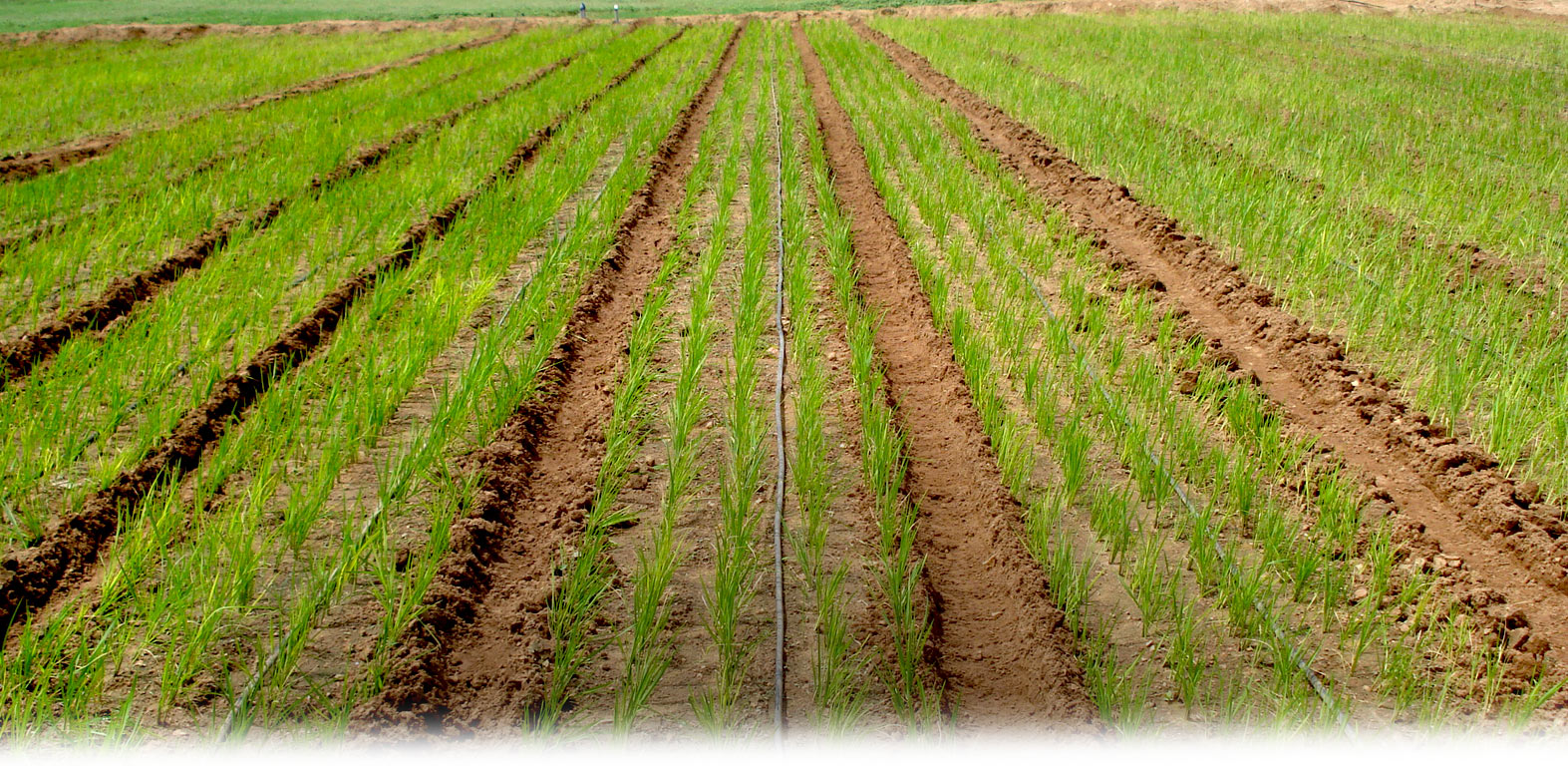Welcome to Jain Irrigation Systems Ltd.

Blog at Jains - Risk Mitigating Technologies for Water Management
Water is limiting and increasingly becoming scarce; there are so much data to elucidate this point. It is true whether one looks at a global, national or regional level. It is short in India. It is very limited in Maharashtra and so on. One cannot create this commodity, but only manage with what one has. In India, the highest water consuming sector is agriculture, 48 million ha area is irrigated, the highest in the world. But the way irrigation is practiced in the country for years on end, left us with a very disturbing legacy; the mal–impression that more water is equivalent to more yield. Scientifically, it is a very erroneous and dangerous concept; but followed in hundreds of thousands of farms of different sizes. Fighting hard to erase this concept itself is the core of modern water management. Historically, irrigation development in India meant only creation of large water storage capacities (dams) and channelizing it to the farms. There were no early attempts to control the actual water use in the farm. However in the last 15 –20 years, the on– farm water management has gone for credible changes. Most of this happened with the involvement of private sector like Jain irrigation who pioneered in popularizing drip and sprinkler irrigation among the small farmers in the country. Jain Irrigation went for a conceptual change in the first place, by coining a tag line–more crop per drop as against the popular mis–conception. Using in house research, drip irrigation was successfully adopted for all the crops–agriculture and horticulture– making a long needed impact in sustainable water use and management. I do not think any other intervention in the water picture is as impactful as changing the irrigation practice from flooding the land to dripping to the root zone.


